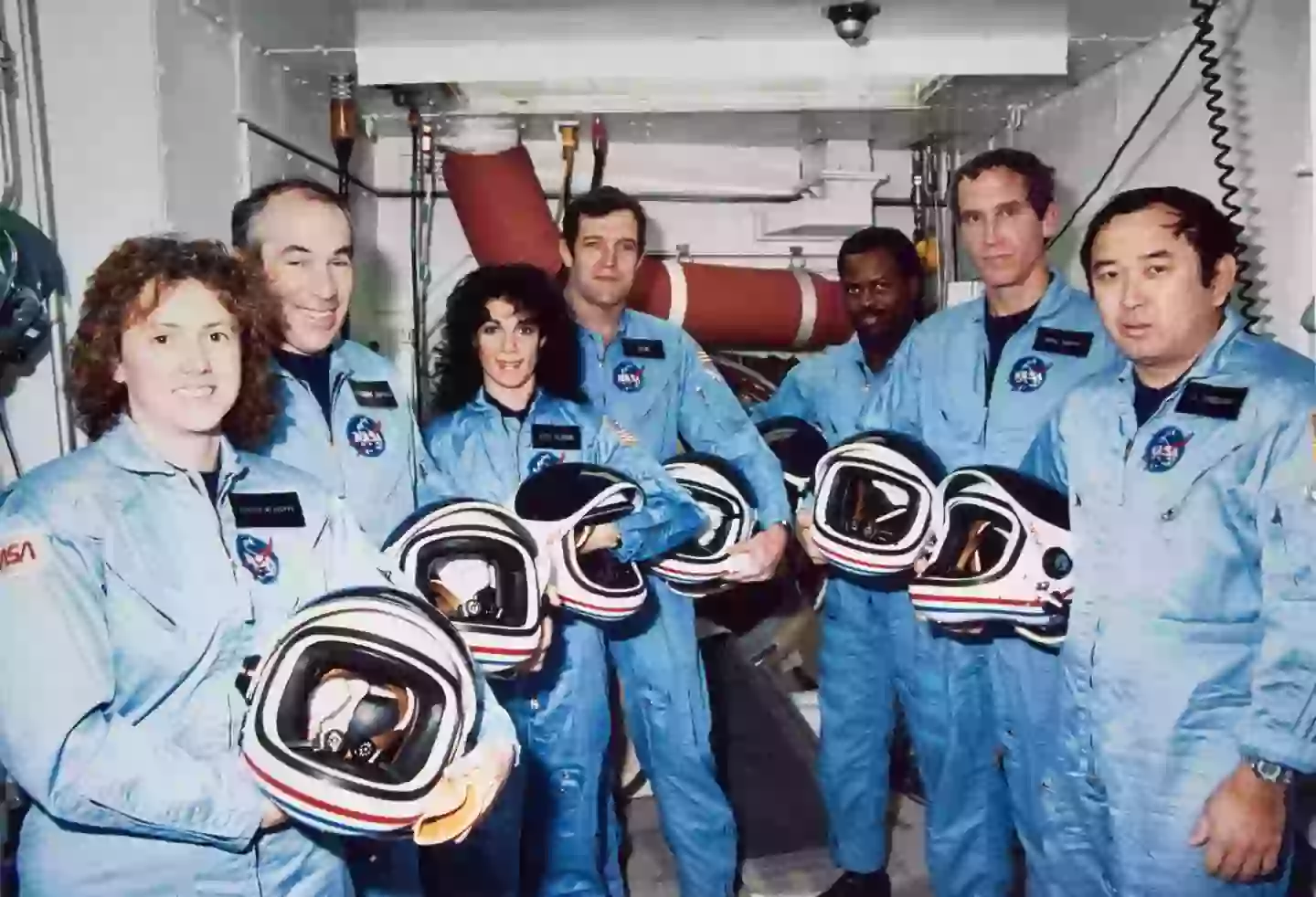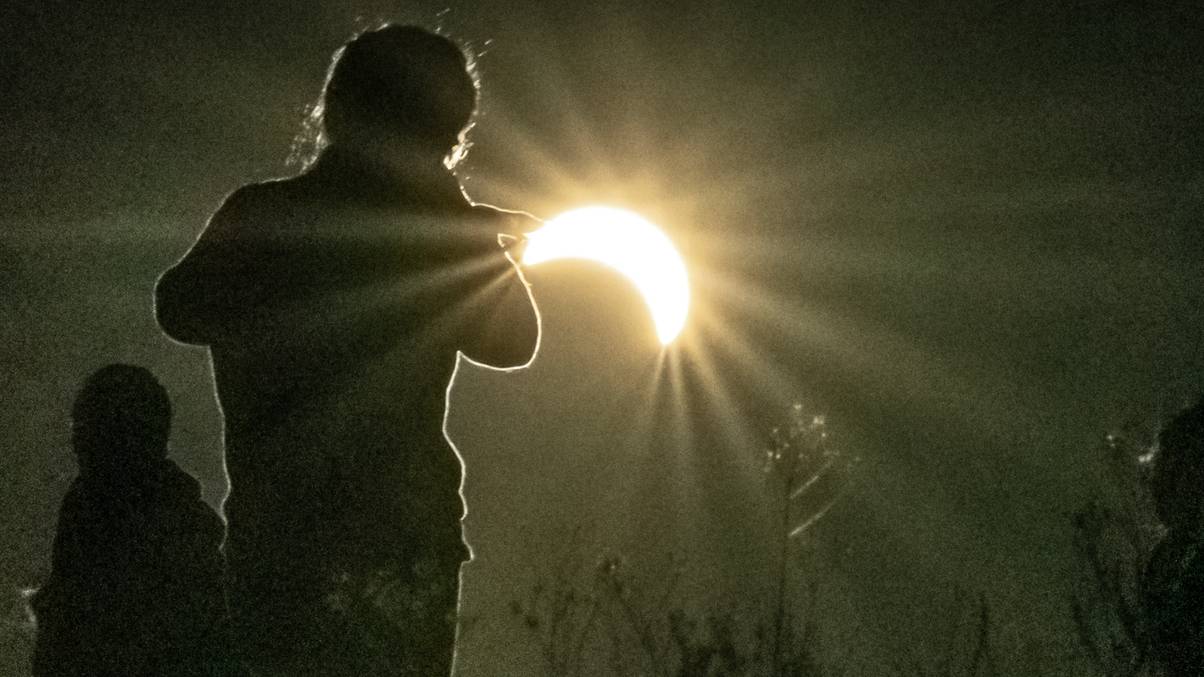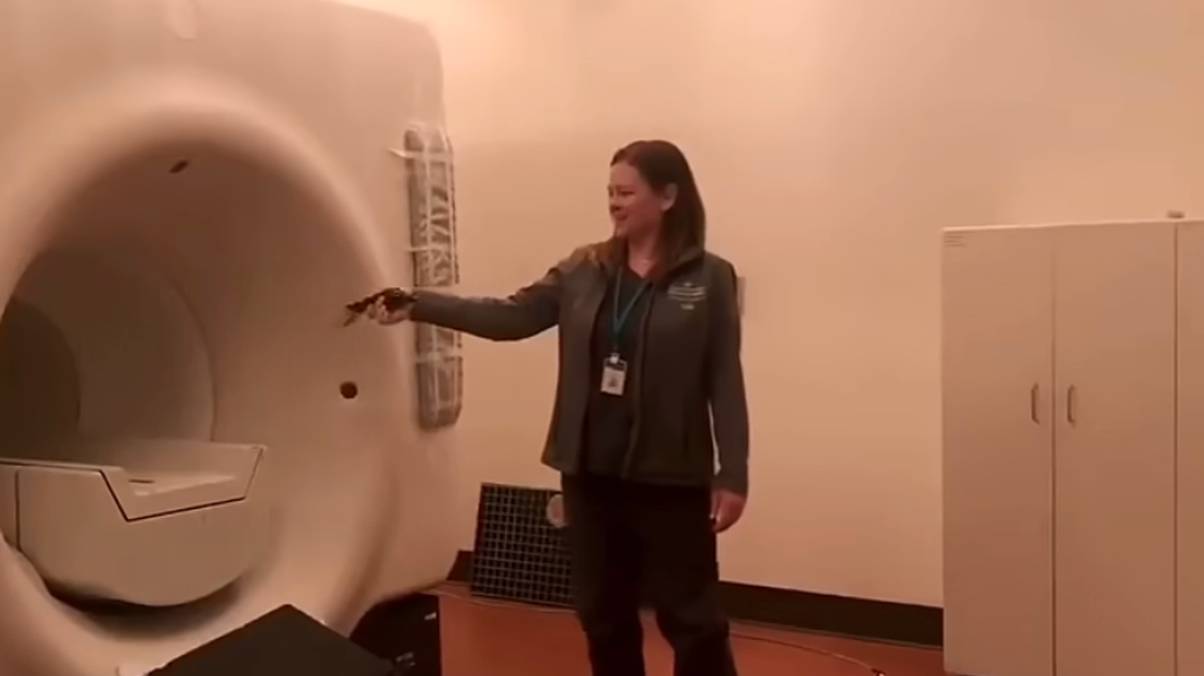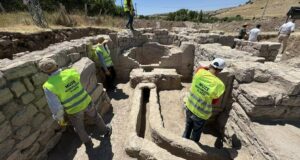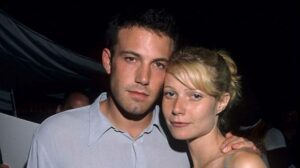“Unraveling the Final Moments: What the Challenger Crew’s Harrowing Last Words Reveal About the Catastrophic Explosion”
On January 28, 1986, the excitement was palpable as millions tuned in to watch the Space Shuttle Challenger launch into the sky—an event that promised to inspire generations. Among the seven crew members, high school teacher Sharon Christa McAuliffe stood out, selected to connect classrooms to space in a groundbreaking initiative. But just 73 seconds post-liftoff, that thrill turned to horror when the Challenger erupted into a fireball, leaving viewers stunned and heartbroken. What led to such a catastrophic failure, and what were the final moments for those aboard? Dive into the tragic tale of the Challenger and the irreversible choices made that day. It’s a story filled with hope, ambition, and a chilling reminder of the risks of space exploration. LEARN MORE.
The story of the doomed Challenger spacecraft and how it came to its gruesome demise features a tragic sequence of events and heartbreaking final words from those on board.
It was 28 January 1986, and the Space Shuttle Challenger was gearing up for take off.
The crew had been taken twenty stories up the launch tower in a lift, with all seven members dressed in their spacesuits and iconic fishbowl helmets.
Among them was Sharon Christa McAuliffe, a high school teacher who was part of NASA’s ‘Teachers in Space’ programme, with the aim of getting the public interested in space travel again.
Joining her onboard were Commander Francis R. Scobee, Pilot Michael J. Smith, Mission Specialists Ellison S. Onizuka, Electrical Engineer Judith A. Resnik, Ronald E. McNair, and Payload Specialist Gregory B. Jarvis.
Sadly, all seven would perish.
Millions of eyes were glued to TV screens around the world as they watched the Challenger shuttle take off.
But just 73 seconds after blast-off, the shuttle burst into flames, leaving a cloud of smoke in the sky before it plummeted into the ocean.
What caused the Challenger explosion?
Shortly after taking off, the boosters gave off some powerful flames, with the steel casings being pushed outward as the rocket made its way up, leaving a trail of smoke.
While those on board could be heard enjoying the ascension, something was wrong with the shuttle.
Just 58 seconds after starting its journey, a spark exploded through a joint at the bottom of one of the boosters while 35,000 feet above sea level.
As reported by The Washington Post, at 70 seconds, the flame that was at the booster horrifically spread into the outer tank, burning its insulation as tons of liquid hydrogen shot through the engines.

All crew members died in the tragedy (NASA)
Transmission from the faltering spacecraft stopped, and millions of people bore witness to the most fatal space-related accident of the 20th century.
For all you space boffins out there, the accident was put down to the loss of integrity of the O-ring seals in the solid rocket booster segment joints.
Apparently, a number of NASA engineers had raised this issue that was caused by freezing temperatures the night prior, but as the managers had cleared the launch for 28 January, the mission had to go ahead as planned.
What were the astronauts on board Challenger saying?
As the spacecraft plummeted almost 46,000 feet down into the ocean below, people were starting to wonder what the experience might have been like for those tragically on board.
NASA has since shared the transcript of the flight, and just seven seconds in, Smith can be heard saying: “Go, you mother.”
Resnik added: “Sh*t hot!”
“Ooohh-kay!” Scobee said.
Smith again said: “Feel that mother go! Wooohooo!”
Mission Control could be heard telling them to ‘go at throttle up’, a message that Scobee repeated.

The last words heard on the space shuttle were ‘Uh oh’ (-/NASA/AFP via Getty Images)
But just three seconds later, Smith could be heard saying his and the crew’s last words: “Uh-oh.”
The shuttle containing the crew remained intact and careened into the ocean, however due to the rapid pressure change and the crew not wearing pressure suits, it’s likely that they died before the impact of hitting the water because of the lack of oxygen.
It would take months, but the human remains and fragments of the shuttle were recovered from the floor of the Atlantic Ocean.
